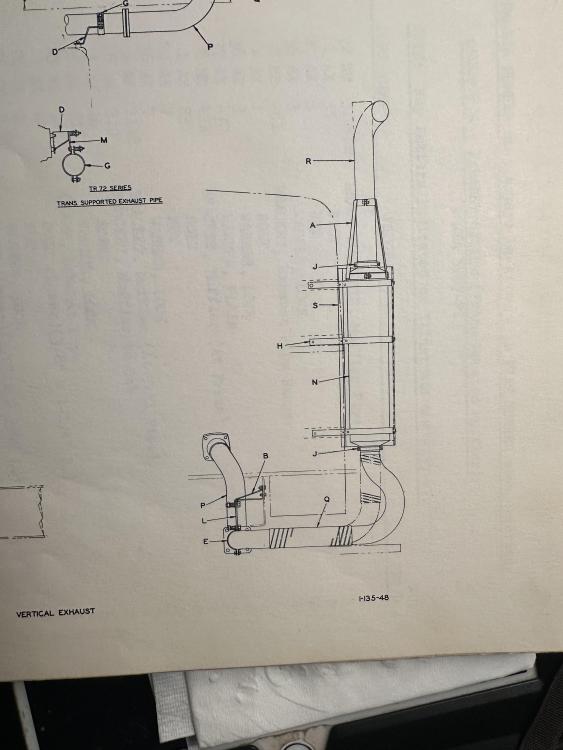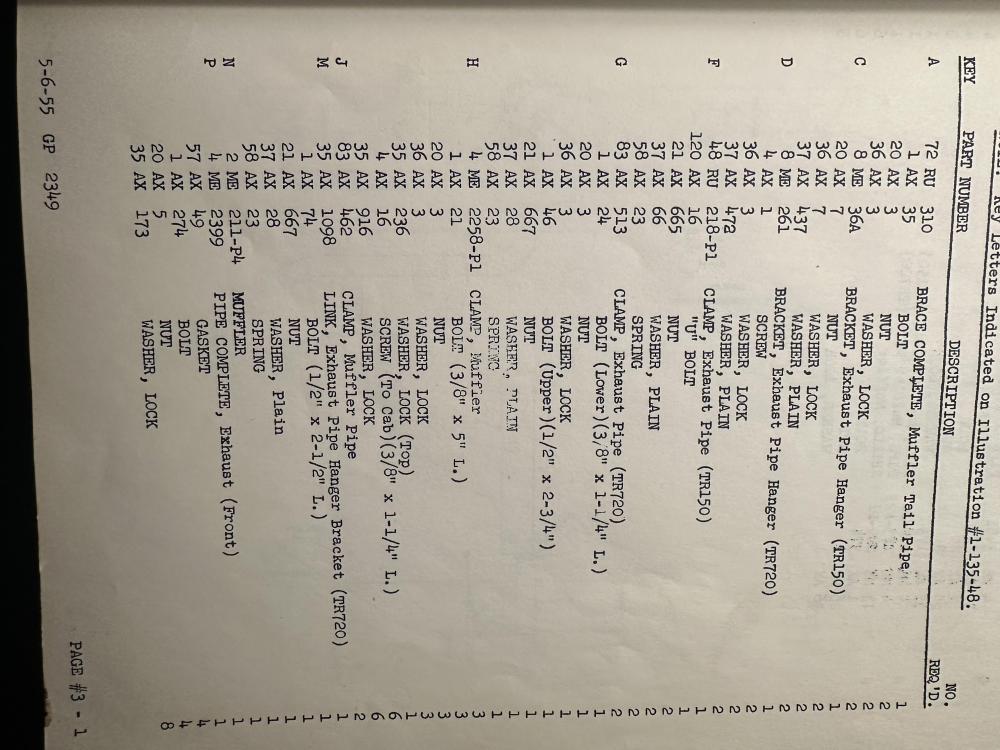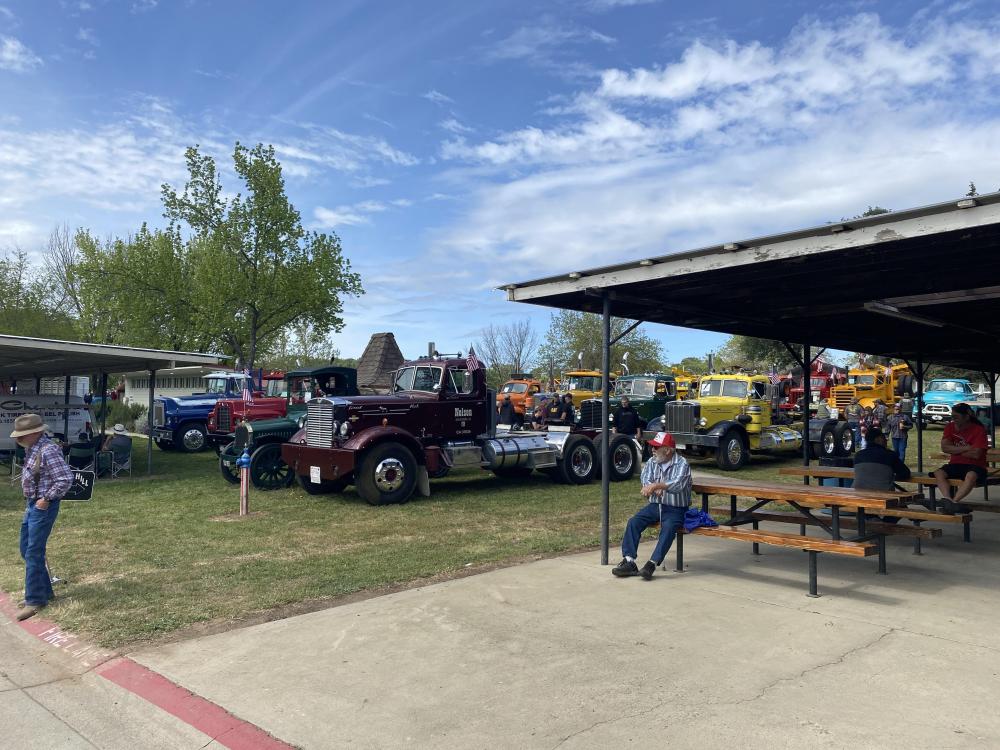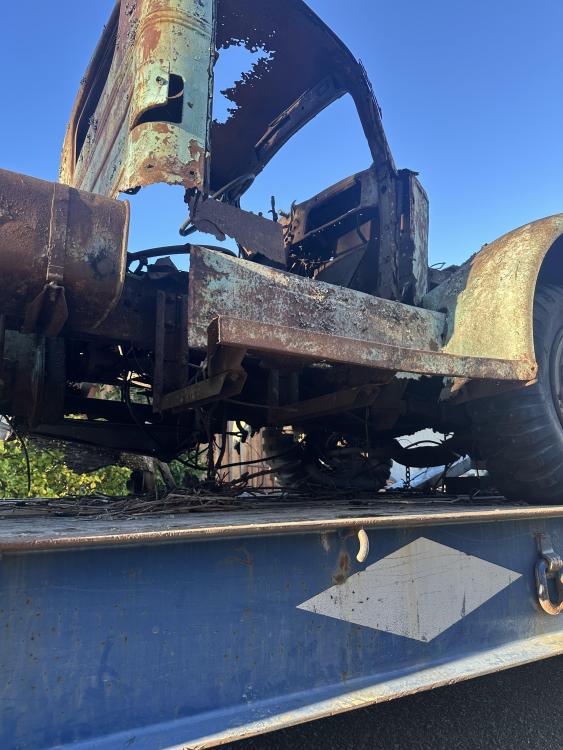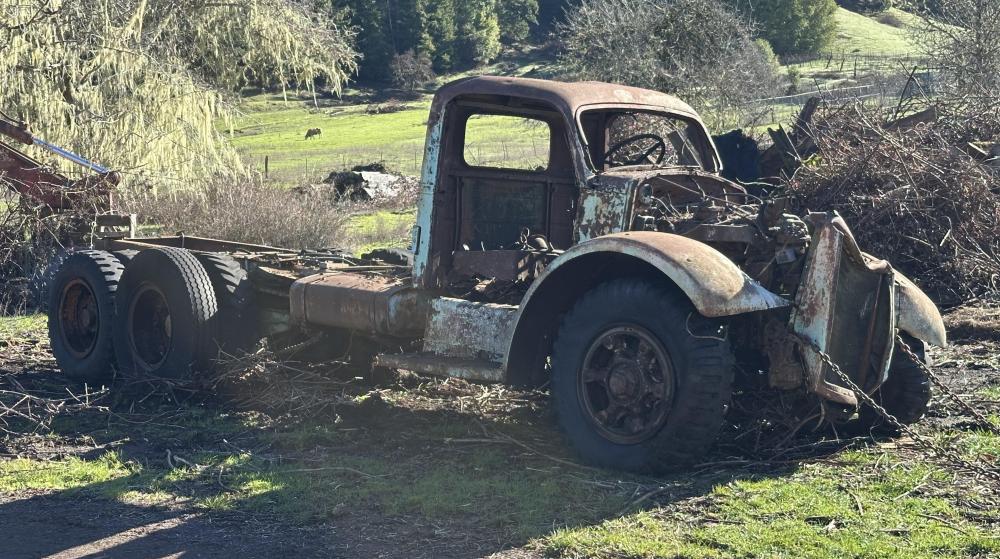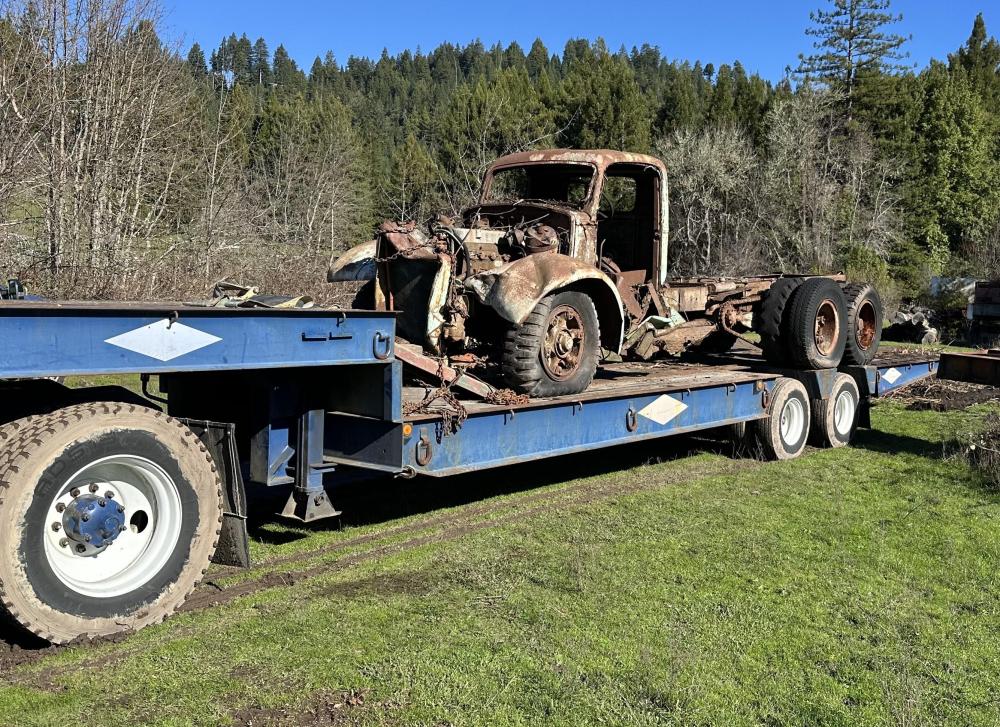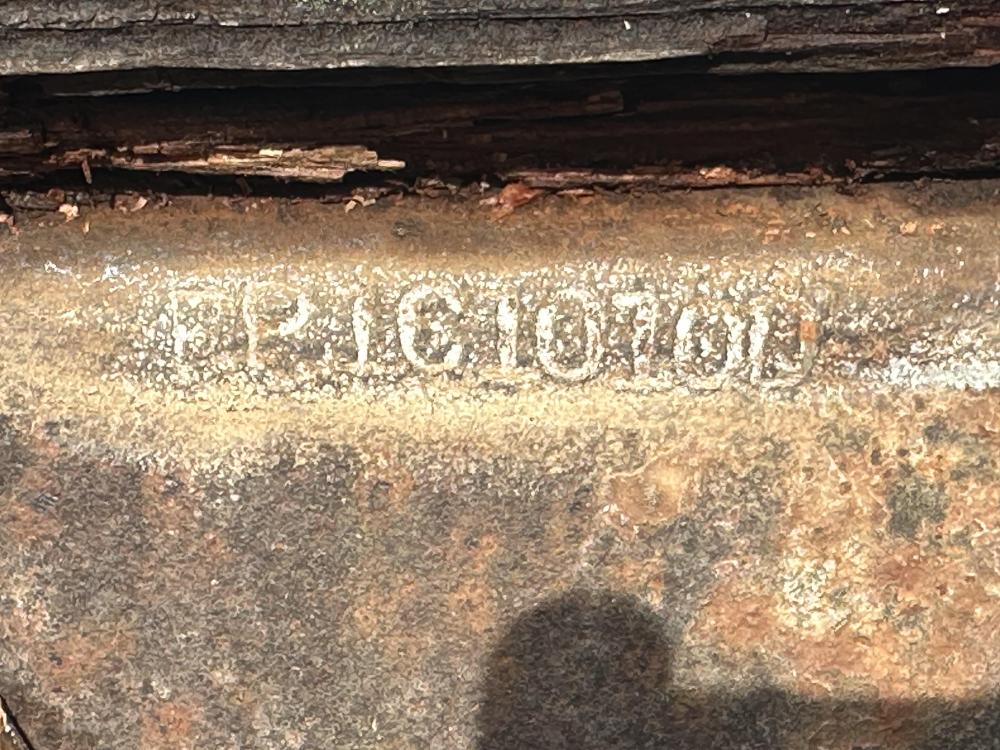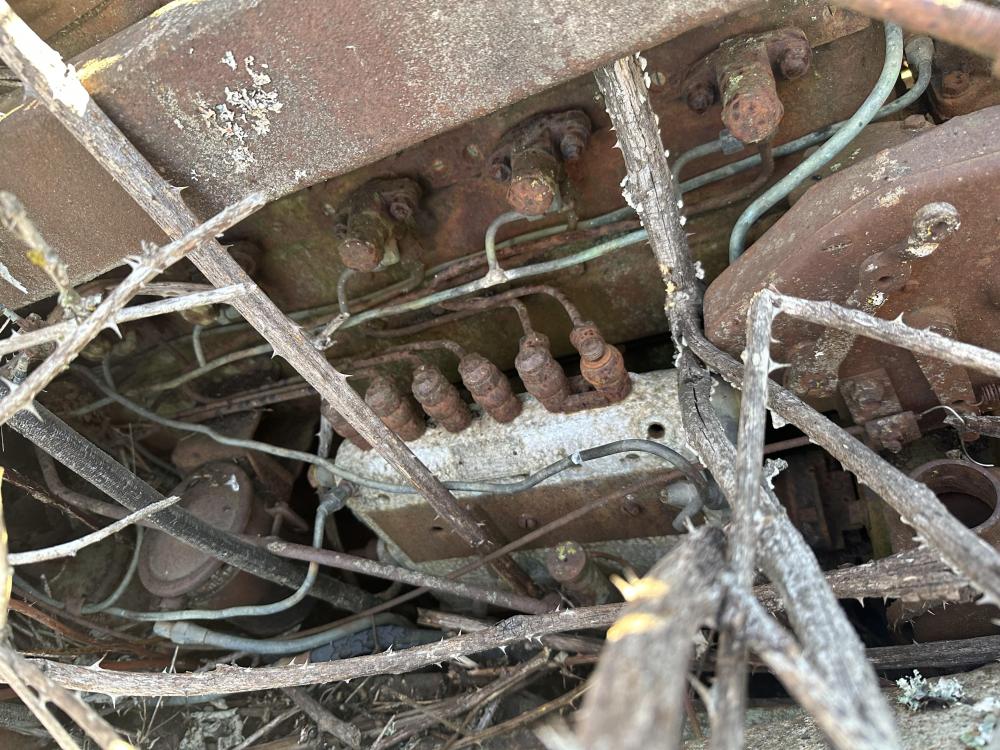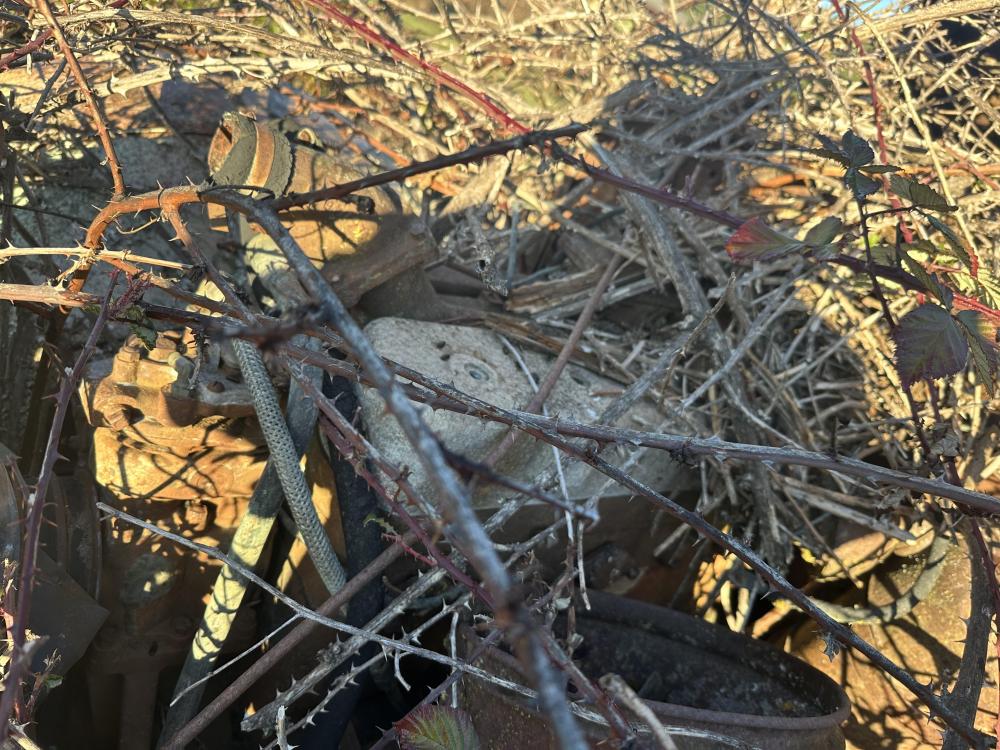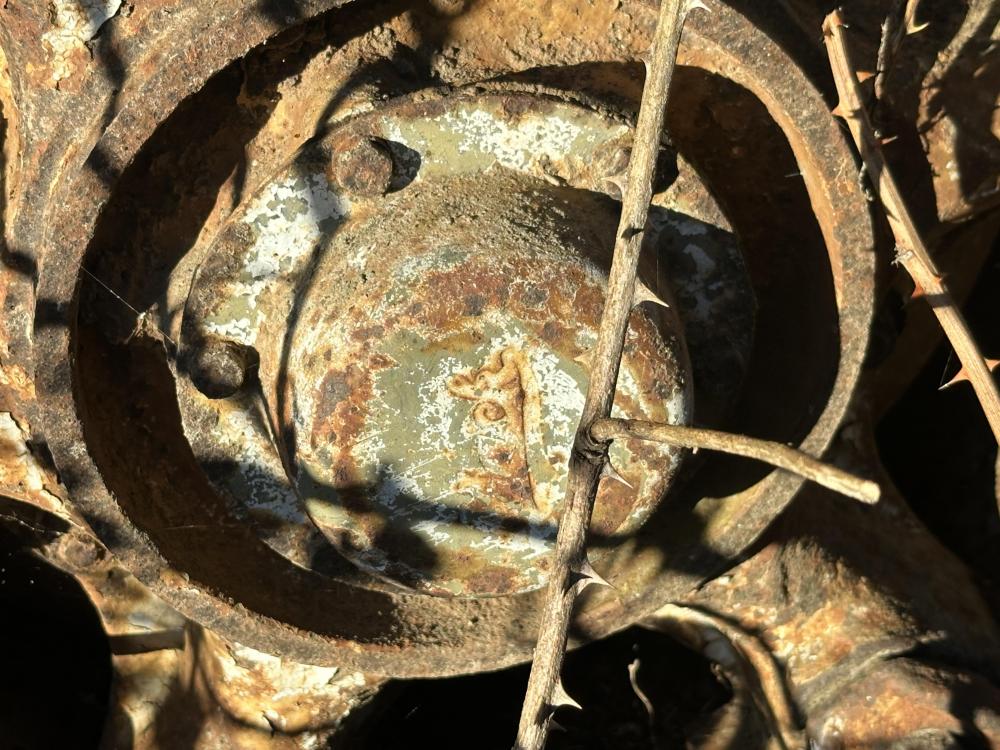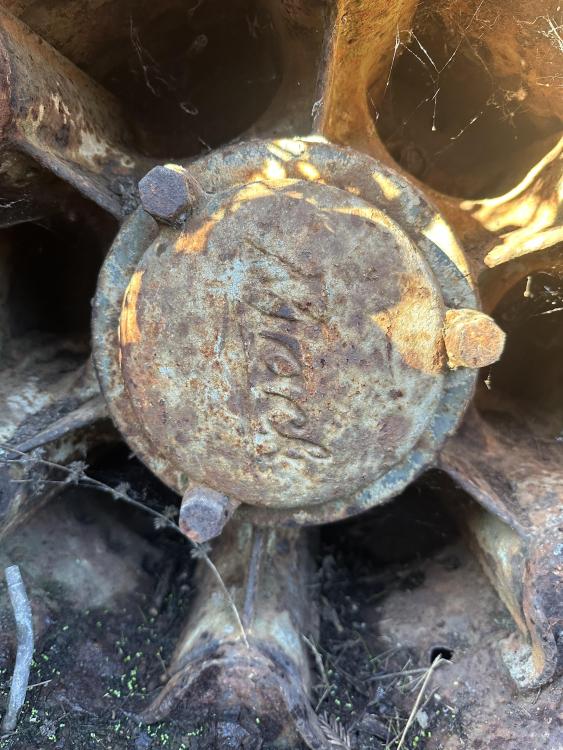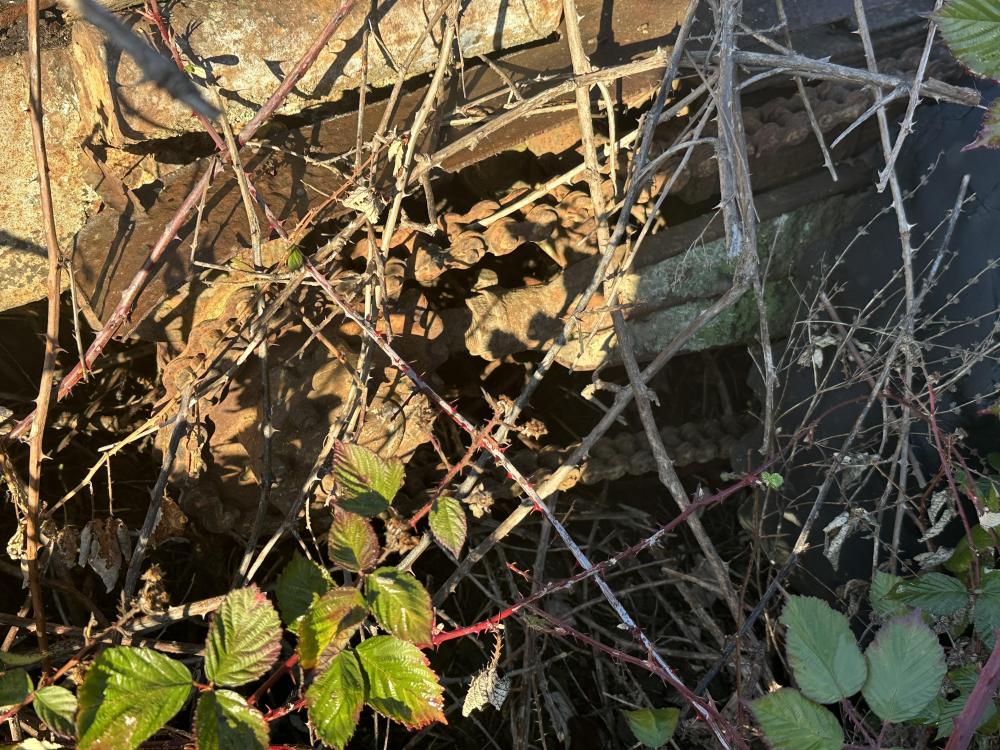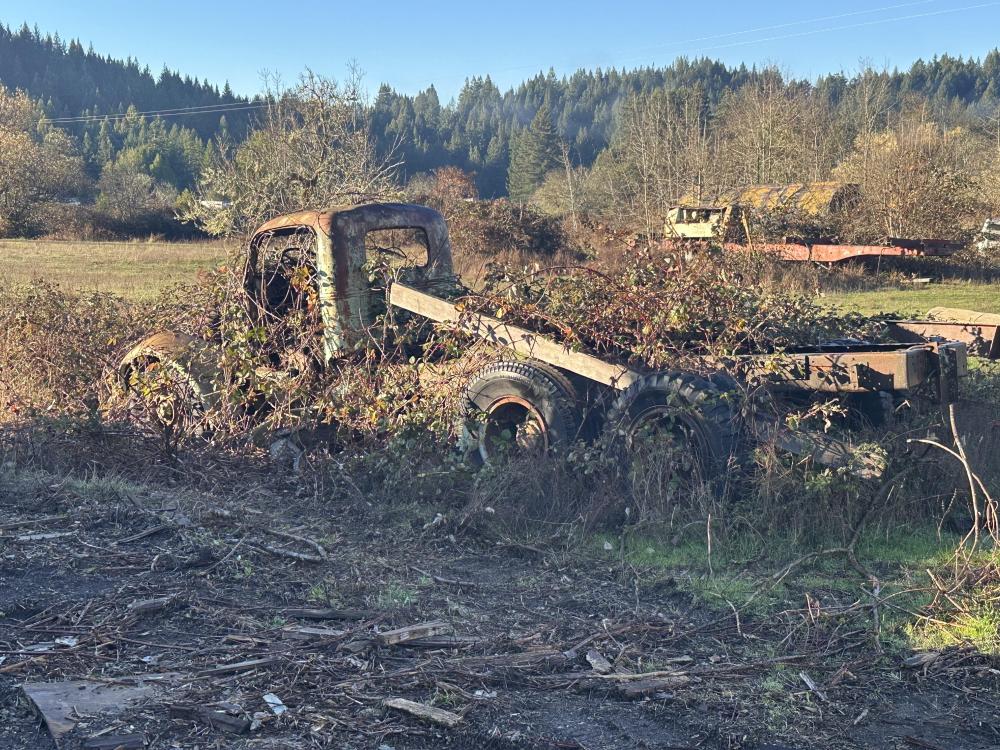
mackaholic
Bulldog-
Posts
132 -
Joined
-
Last visited
Content Type
Profiles
Forums
Gallery
Events
Blogs
BMT Wiki
Collections
Store
Everything posted by mackaholic
-
Wow! Great job researching the history on that LTH. My neighbor had a business in Boonville and was acquainted with the Hiatt's. Knowing my affection for LT's he got a copy of the picture of their two red and white trucks that he gave to me. It's the screen saver on my computer. The truck looks great!
-
I found a B-755 and bought it!
mackaholic replied to Karsen's topic in Antique and Classic Mack Trucks General Discussion
Glad to hear there's another Mack collector in Sonoma County! I can't save them all. If you need any body parts for that truck let me know. B's aren't my thing but I have collected a bunch of parts for them over the years. Congratulations, That's a great looking truck! -
Mack B873sx restoration
mackaholic replied to hicrop10's topic in Antique and Classic Mack Trucks General Discussion
I believe they switched somewhere late 50's, early 60's but not sure. All the LT's I've worked on had two seals and greased bearings. My dad's 65 F model had one and ran in oil. -
Mack B873sx restoration
mackaholic replied to hicrop10's topic in Antique and Classic Mack Trucks General Discussion
No, those early Mack axles had an inner and outer seal around the bearings. The bearings were packed in grease. It wasn't until later that they removed the outer seal and allowed the differential oil to lubricate the bearings. That thin flange between the axle shaft and the bearing retainer in the picture above is where the seal rides that keeps the oil out. The seal is in the axle cap. -
Back in the Mack Pack!
mackaholic replied to BOBWhite's topic in Antique and Classic Mack Trucks General Discussion
That looks like a capillary type mechanical gauge. No wire attached. It should have a metal tube that runs from the sensor to the gauge with either a plastic or wound wire protective cover over it. If that metal tube is broken you'll have to replace the gauge. If the gauge has 2 wires attached to it now, that's not the sender. Nice truck! -
Mack LJ exhaust hanger
mackaholic replied to reb87's topic in Antique and Classic Mack Trucks General Discussion
That's the early style with three clamps bolted to the cab. Clamp is 4 ME 2258-P1. I believe it's the same for all the early L series cab mounted mufflers. -
Good eye! You are correct, they aren't the same as the E models that the FP appears to have used. Looking through the F model archive photo book they closely resemble the other earlier F model fenders. Not sure if Mack tried them out and didn't like the look or what. They did appear to be the originals from the factory. Maybe the new owner can decipher that from the build records?
-
norm taunton
mackaholic replied to mowerman's topic in Antique and Classic Mack Trucks General Discussion
There might be a few there but it's a Central California chapter ATHS truck show. Usually about 100 trucks. -
norm taunton
mackaholic replied to mowerman's topic in Antique and Classic Mack Trucks General Discussion
I don't think so. Off road Peterbilt, couple of KW's and an international. -
norm taunton
mackaholic replied to mowerman's topic in Antique and Classic Mack Trucks General Discussion
Not that many cars, mostly trucks and a few pickups. Great show at a great location. -
norm taunton
mackaholic replied to mowerman's topic in Antique and Classic Mack Trucks General Discussion
I thought I had a better picture of it but if you look real close Norm's R model is on the left next to my dad's RS763. This was at the Central CA show in Plymouth. It was in Reno at the ATHS national show as well. Nice looking truck! -
Yesterday we got it on the trailer and one step closer to it's new home. Every time we move it it gets rougher! Not much left but it is an FP with a Buda diesel. FP1C1010D
- 27 replies
-
- 10
-

-

-
1953 Mack LJ
mackaholic replied to reb87's topic in Antique and Classic Mack Trucks General Discussion
From my experience, trucks built after 1955 generally had 3 hinges, earlier had two. That said there are plenty of exceptions. All the LJSWX's I've seen back to 1950 had 3 hinges. I've heard there are some late LT's that had 3 hinges as well but the vast majority had two. Not sure about the C series trucks. -
Superliner cab and hood.
mackaholic replied to Jeremy_Brault's topic in Exterior, Cab, Accessories and Detailing
The cabs should be the same. 73' and earlier had a thinner cab back. 74' and up had 3 extra inches added in. The hoods between the 78 and 91 would be different. 78 would be a Superliner I, 91 a Superliner II. don't know if they would interchange or not. I's had round headlights and the fenders are set back about an inch behind the grille. The II's had the bottom edge of the fenders even with the grille. Good luck! -
Anyone ever heard of an FP? I think I found one this past week in Northern California. It's chain drive, has a tag axle, a Buda diesel and what looks to be sheet metal from an E model. I figured it was custom built back when industrious people without any money did such things but after consulting with my Mack books it may have been a factory build. I'm trying to get the owner to drag it out of the blackberry jungle it's in so I can get a better look.
-
I've got a couple off of a B42. Not sure if they're the same. They are in Northern CA.
-
-
B-73 Restoration
mackaholic replied to mattb73lt's topic in Antique and Classic Mack Trucks General Discussion
Got pulled over going down 80 coming home from the Reno show a few years ago. CHP couldn't understand how we could have a truck that big and not need CA and DOT numbers. Finally convinced him that the Antique plates don't require all that BS and he let us go. Claimed he worked in the scalehouse previously and had never heard of such a thing. Good thing he didn't look too close. Had a pretty good fuel leak at the throttle shaft on the Cummins. All depends on what side of the bed the officer got out of that day. -
1980 cab vin tag missing
mackaholic replied to mrt23's topic in Antique and Classic Mack Trucks General Discussion
If you're really concerned there are some reproduction door tags available on ebay. See below. Not sure if this is the correct one for 1980. There are others as well. Stamp the correct numbers matching the frame and away you go. State troopers should know to look at the stamped frame number, not a tag that can be unscrewed on a door or seat riser. But there are some..... -
1980 cab vin tag missing
mackaholic replied to mrt23's topic in Antique and Classic Mack Trucks General Discussion
Contact the Mack museum and request the build sheets. The western built sheets I have seen from Hayward have serial numbers that appear to be in order as the trucks came out of the factory(or as they were ordered?) with RS and FS models appearing as sequential numbers. I could be wrong but I believe there will only be one built sheet with the serial number 31744 and it will show whether it's an FS or RS.
BigMackTrucks.com
BigMackTrucks.com is a support forum for antique, classic and modern Mack Trucks! The forum is owned and maintained by Watt's Truck Center, Inc. an independent, full service Mack dealer. The forums are not affiliated with Mack Trucks, Inc.
Our Vendors and Advertisers
Thank you for your support!



